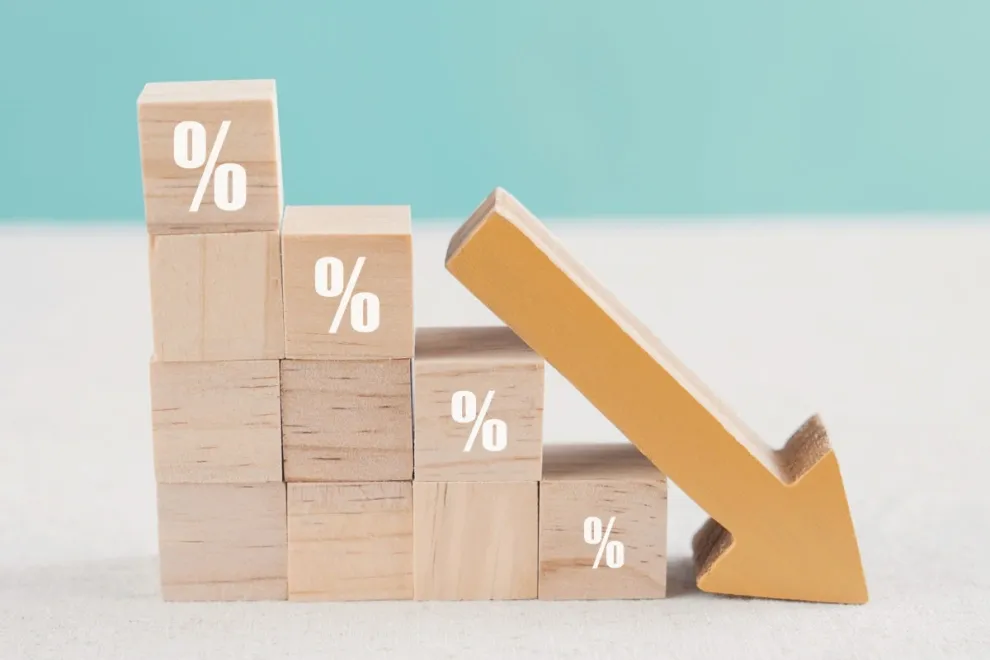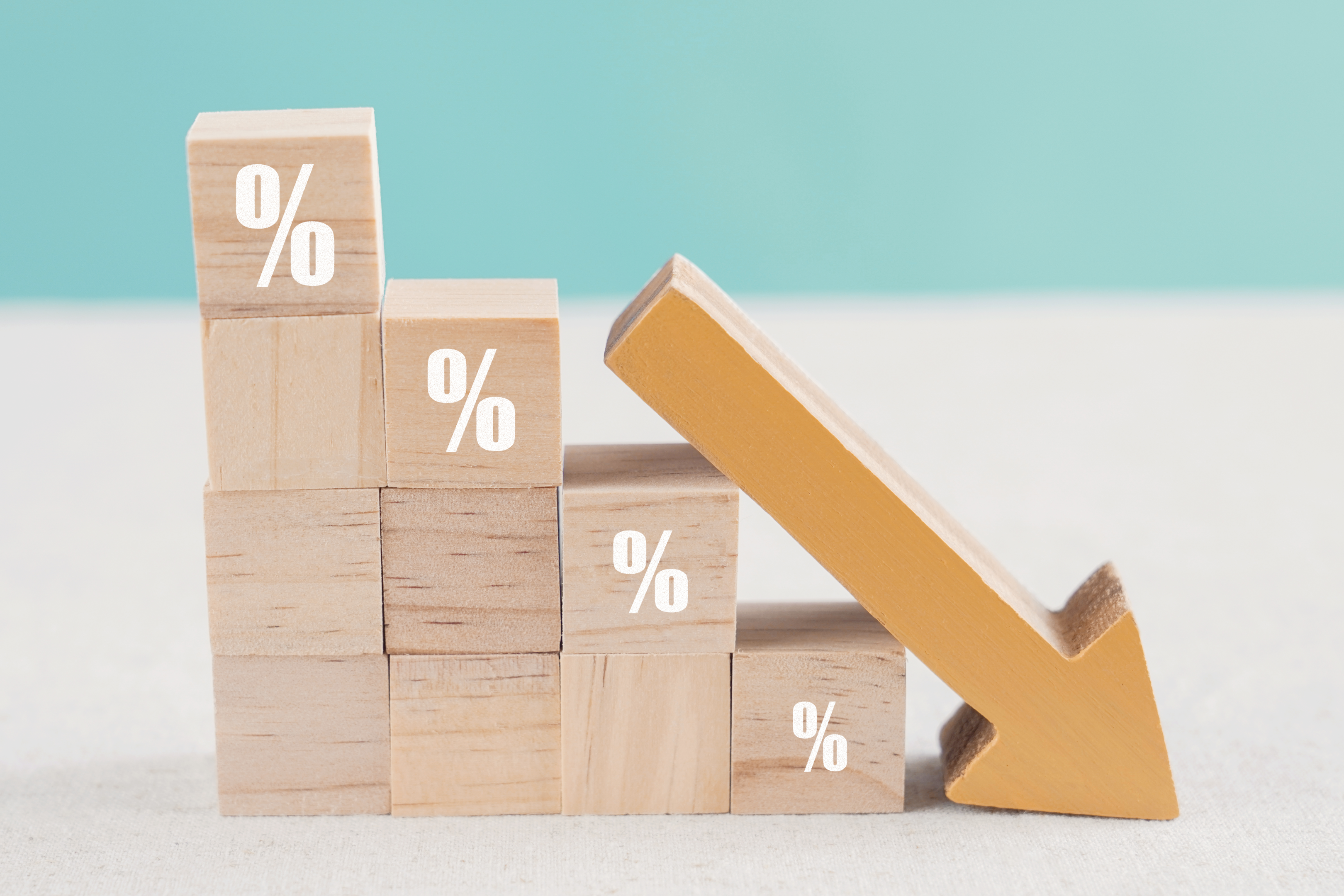What does Rack Rate mean?


“Rack rate” refers to the standard, non-discounted price that a hotel, motel, or other lodging establishment publishes and offers to the public. It’s often the highest rate customers might be charged for a room, generally when demand is high, or for last-minute bookings.
The term “rack rate” originates from the historic practice in hotels of keeping a metal rack or slots at the reception desk, which contained the price cards for each room. This “rack” was typically used to organize information about room availability, type of room, and the standard rate for each room. The “rack rate” was the rate displayed on these cards, and it represented the full, undiscounted price a guest would pay for a room without any kind of special offer or negotiated deal.
These days, with digital systems for hotel management, the physical “rack” is largely obsolete, but the term “rack rate” has remained in use in the hospitality industry to refer to the standard or list price of a room.
Rack rate can be thought of as the maximum price a guest might pay for a room under normal circumstances, without any discounts, special offers, or negotiated rates. It’s important to note, however, that many guests often pay less than the rack rate because of various factors, such as off-peak times, group rates, membership discounts, and other promotional offers.
For short-term rentals, the concept applies similarly. The rack rate would be the listed price per night (or week, or month) for the rental property without any special discounts or promotional offers applied.
The term originates from the hotel industry where a “rack” was typically used to hold the rate cards for each room in a hotel, hence the name “rack rate”. It’s a term that’s used primarily within the industry, not typically in direct dealings with customers.
What is an example of rack rate?
An example of a rack rate can be seen in the pricing of hotel rooms. Let’s say you have a luxury hotel, and for a standard hotel room, they charge $300 per night. This price is the published price that any customer can see when they look up the room on the hotel’s website or other booking platforms. This $300 price is the rack rate. It does not take into account any special discounts or promotional offers the hotel might offer.
The same concept applies to short-term rentals. For instance, if you rent out your apartment on Airbnb and list it at $150 per night, that $150 is the rack rate for your rental.
What does 50% off rack rate mean?
When you see “50% off rack rate,” it means that the standard, published price for the room or rental is being offered at half its normal price.
For instance, if a hotel’s rack rate for a standard room is $200 per night, a 50% discount would mean you could book the room for $100 per night. This kind of discount might be offered during off-peak times, as part of a special promotion, or to certain groups like seniors, military personnel, or members of a rewards program.
In the context of a short-term rental, if the rack rate is $150 per night, a 50% off discount would make the rental price $75 per night.
These discounts are a way for establishments to incentivize bookings during slower periods, reward loyal customers, or fill rooms that might otherwise remain vacant.

What does walk-up rate mean and how does it differ from rack rate?
A “walk-up rate” is a term used in the hospitality industry to describe the rate charged to guests who arrive at a hotel without a reservation and book a room on the spot. This term is often used for last-minute or day-of bookings.
The walk-up rate can vary significantly from the rack rate depending on various factors such as hotel occupancy, time of day, and general demand. If the hotel is nearly full, a walk-up rate might be higher than the rack rate to capitalize on the high demand, limited availability, and other market conditions. However, if the hotel has many rooms vacant, the walk-up rate could potentially be lower than the rack rate as an incentive to fill rooms.
The main difference between the rack rate and the walk-up rate lies in their purpose. The rack rate is the standard, non-discounted rate that is published and usually remains static. It’s often the highest price for a room, barring high-demand periods. On the other hand, the walk-up rate can fluctuate and is often used as a tool to manage inventory based on immediate demand and supply.
Step into easy vacation rental management with iGMS. Its smart platform automates guest chats, bookings, and team management, saving you time. Whether you’re an individual host or a large firm, iGMS brings efficiency to your operations and delight to your guests. Discover the iGMS edge for your business.






![Your Monthly iGMS Roundup [February 2020]](/content/images/size/w600/wordpress/2020/02/igms-roundup-feb-2020-cover.png)

